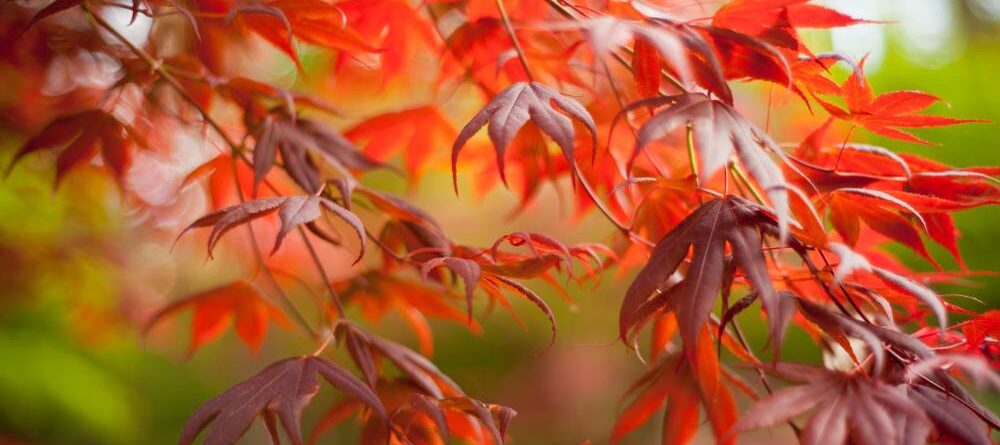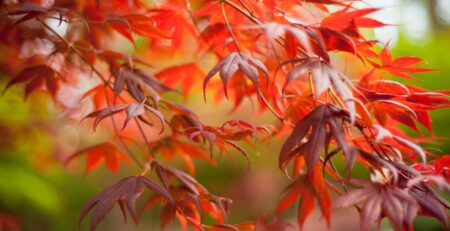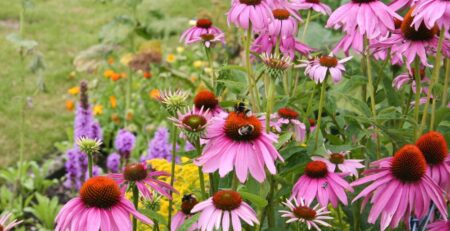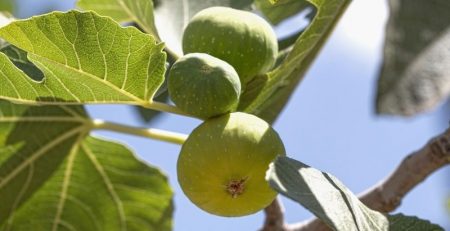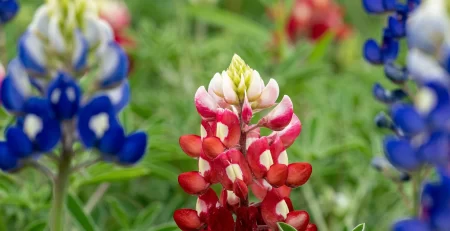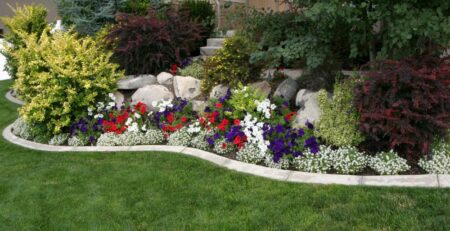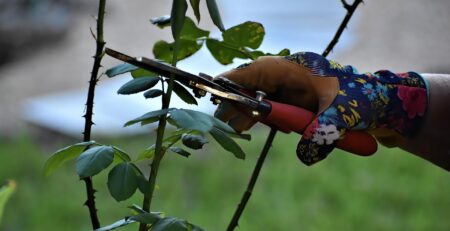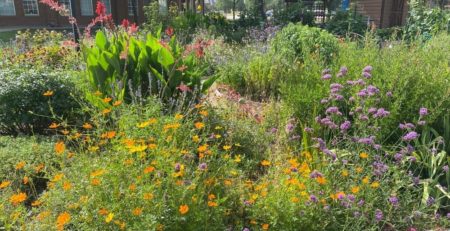2024 Fall Japanese Maple Tree Sale
After several years of DCMG Japanese maple tree sales some of you have become regular customers, and we certainly thank you. The fall sale is in October and we have the largest inventory to date. There are 155 of these little one- and two-gallon trees, so we will be able to meet your wants and needs even more readily than in our previous sales. This is one of the largest fund-raising events held by DCMG, and we genuinely appreciate every one of you for participating. The online sale opens October 9 at 8 a.m., so pencil that into your calendar now because previous sales have sold out very quickly.
These are very small young trees that will do well in a container until you find a place for them in your garden, and in fact, many of them would be perfectly happy in containers for several years, although you
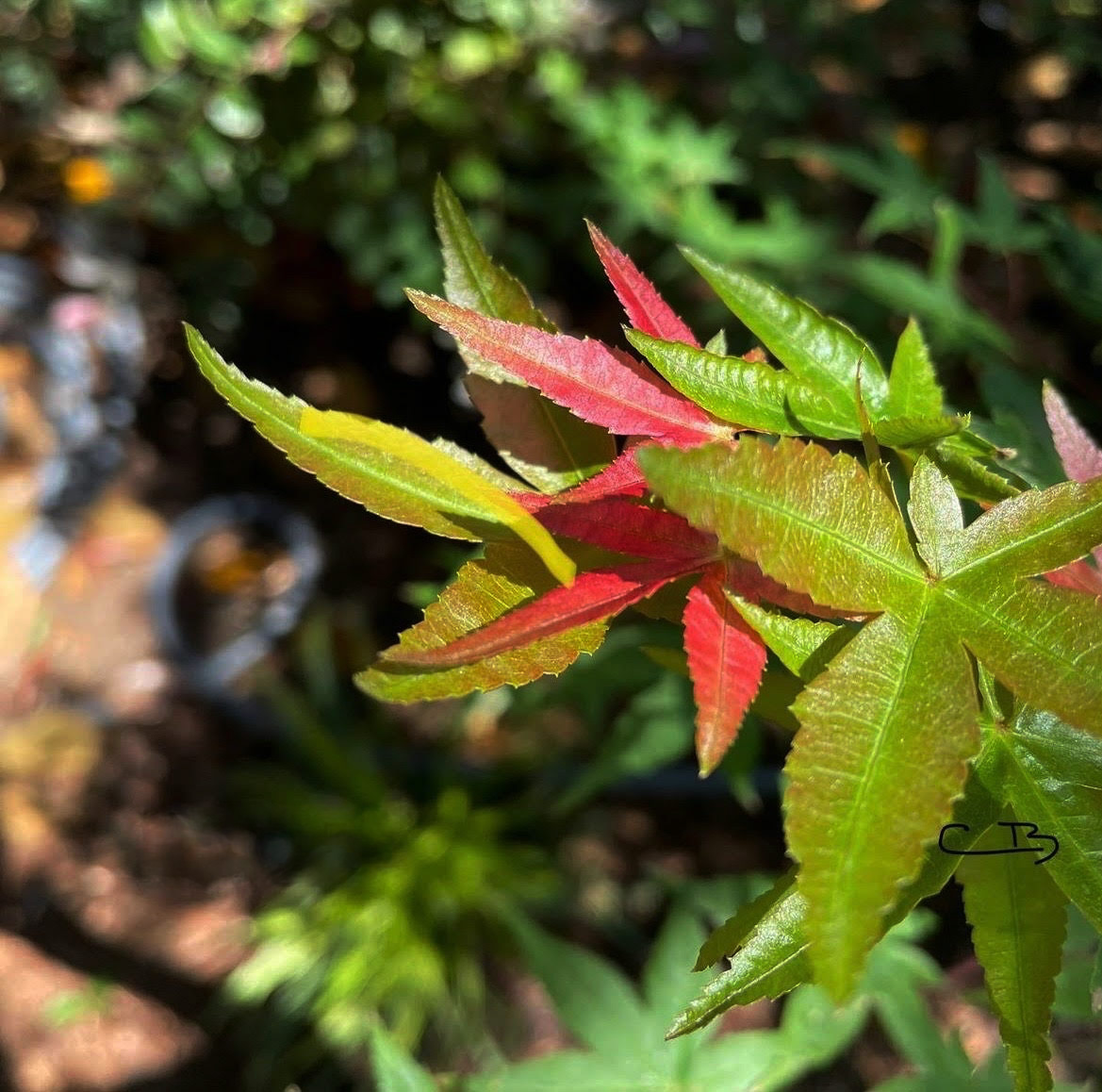
can certainly go ahead and plant them in the ground. They are surprisingly easy to transplant during the first year or two, so you would be able to change your mind and relocate them later.
The ‘non-Japanese maple’ Ginkgos sold well in the spring, so this time we are offering both the Ginkgo Saratoga and the Ginkgo Magyar if you have a need for a tree that will get very large. What a joy those sunshine yellow fall leaves are. On the Saratoga they are more elongated and pendulous than on the typical Ginkgo. You will need space for either of these trees, because they can reach as much as 40’ tall and 20’ wide at maturity.
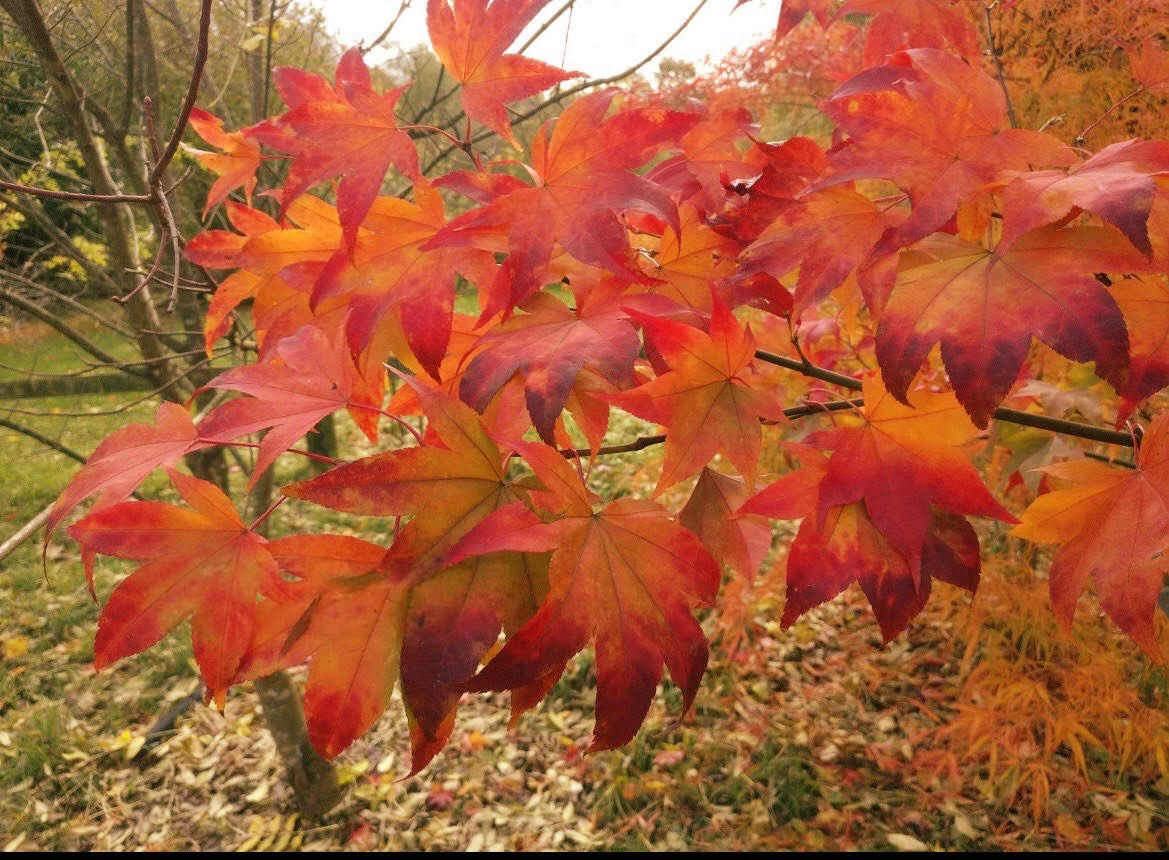
Did you know there are over 3,000 varieties of Japanese maples? They literally come in every size and shape imaginable. Many of them have green leaves and not red, and even those that are brilliant red in the spring and fall are often green or bronze during the summer, especially here in our hot climate. One variety of a beautiful green-leaf tree is Palmatifolium. The wide, palm-shaped, leaf on this gorgeous tree is quite distinctive and although it is green most of the summer, the fall color is brilliant, in vibrant oranges, reds, and golds. This tree is more heat-tolerant than most, and can reach 10-12’ tall and 8-10’ wide after fifteen years. This year’s sale also
includes a few very easy-to-grow Seedling Acer Palmatums that are not grafted as a named cultivar, are sun and heat tolerant, and are usually fast growing. The Ft. Worth Japanese Garden has dozens of these beautiful trees scattered throughout and many are large enough to qualify as shade trees.
If your interests lean toward the unusual and rare, we have several varieties that qualify. The dwarf Kotohime, whose name means “little harp,” has the most delightful, tiny leaves, emerging in the spring in reds and golds, with a multicolored array of leaves all summer, then yellows and oranges in the fall. You could even put it in your perennial bed where its mature size of 3 feet tall and wide will blend nicely with other plants. Some of the other rare or hard-to-find trees being offered are Beni hagoromo, Chiri hime, Nuresagi and Ogon Sarasa.
If you want a dwarf tree, look for the word “hime” in the name. “Hime” translates to princess, little, and pretty and with few exceptions, the trees with “hime” in the name will remain small. We are offering Chiri hime, Kotohime, and Yuri hime. Also, Utsu semi will remain under six feet for many years.
Some of the taller trees being offered this year include Red Emperor, Trompenburg, Bloodgood, Acer Palmatum
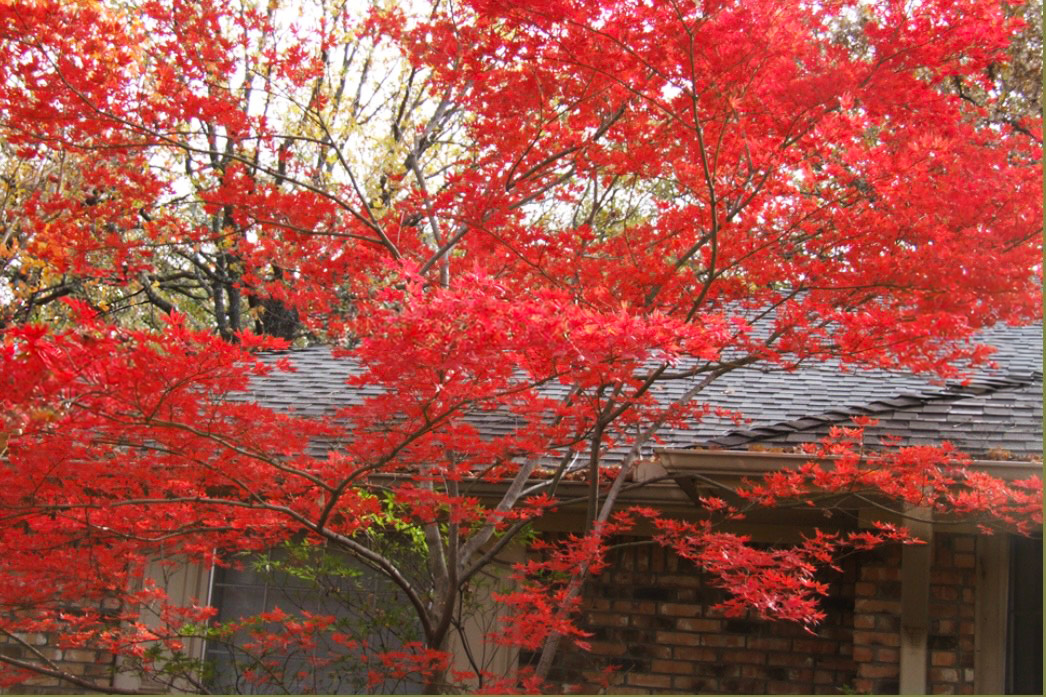
Seedling, Yezo nishiki, and Fireglow, all with mature heights and widths of 12-15’ or more. If you have the need for very large trees, consider Ginkgo Saratoga or Ginkgo Magyar. These trees will mature at heights much larger than any Japanese maple, and will still give you glorious yellow-gold fall color.
When you get home with your new purchase, here are some tips for care and upkeep. First, it is fine to leave it in the nursery pot for several weeks or months. If you choose to put it in a container, keep the pot size no more than one size larger. Go from a one-gallon pot to a two-gallon and from a two-gallon pot to a three gallon. The roots might remain too soggy if the pot is too large. Use a planting medium of azalea mix or shredded pine bark, or your own special mix if it is fast draining. If you are using shredded pine bark mulch, you can stir in a little potting soil. These trees do not demand fertilizer, and if you are planting them in the ground, they should never need to be fertilized. The preparation for planting in the ground is to first research how much shade is required, usually morning sun and afternoon shade. Then dig a hole twice as wide but no deeper than the root ball. Sprinkle some pine bark mulch or azalea mix in the hole, and in the soil you will be replacing in the hole, then place your little tree so that the root flare is visible, exactly as it is in the nursery pot. It is never good to plant too deep. Then place the soil around the root ball, tamp down lightly, and put mulch on top, again leaving the root flare visible. The soil should be kept moist but never soggy.
The Japanese Maple Sale will be held via Sign Up Genius. The link goes active at 8 a.m. on October 9th and continues until October 13th or until all trees have been sold. Pick up will be October 26th from 10 a.m. until 1 p.m. at 3015 Randy Lane, and you are welcome to tour the backyard garden where there are numerous Japanese maples being grown, from tiny container trees to large trees twenty years old and 15 feet tall.

